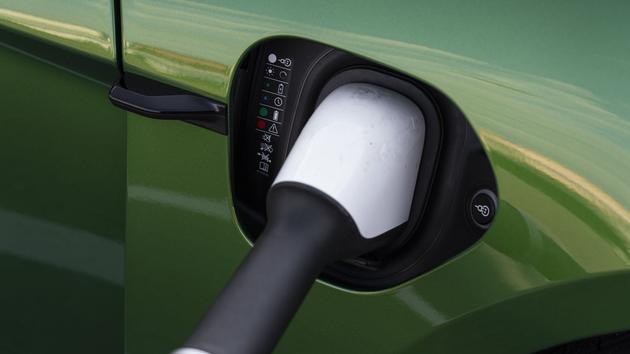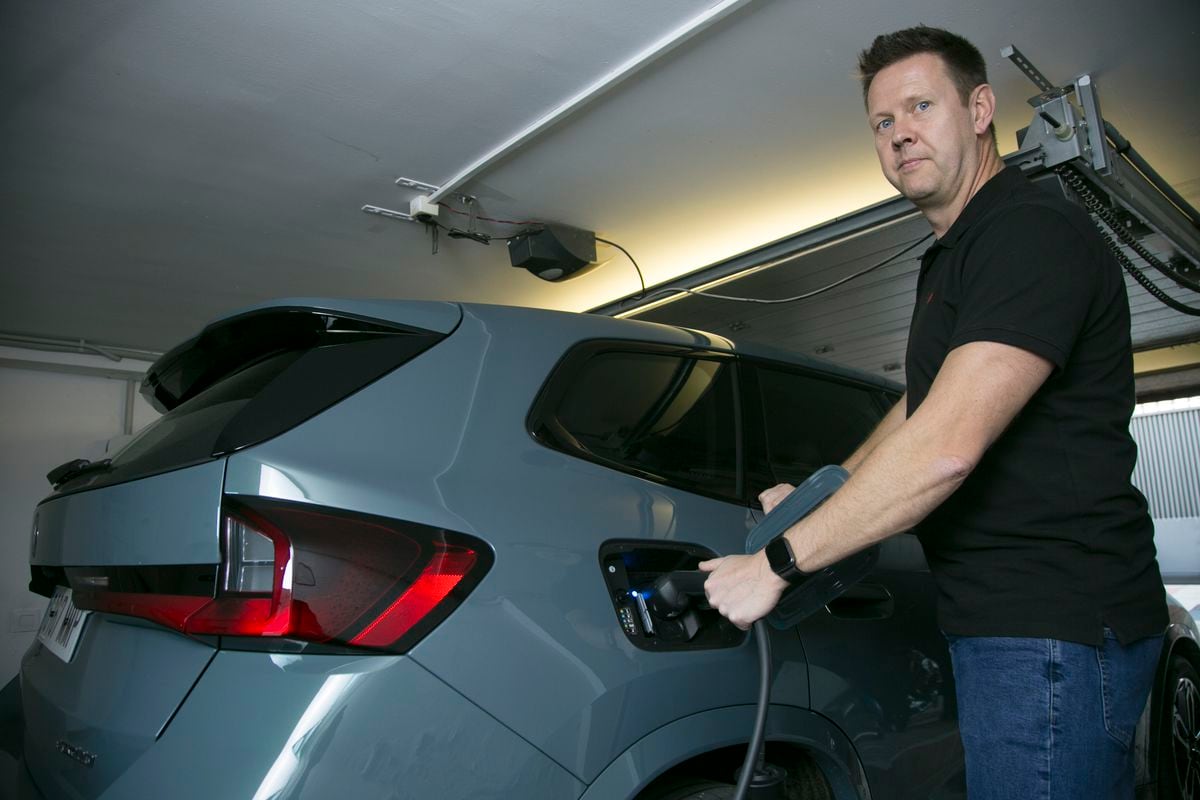Since the European Commission has imposed on the entire automotive industry a drastic reduction in CO2 emissions from vehicles, the electric motor has established itself in the landscape. What we do not always perceive is that not all manufacturers take the same path. The low-emission vehicle has different realities depending on the level of electricity injection and the size of the battery. Today, motorists have a fairly wide range of electrified technologies, from the light hybrid vehicle to the 100% electric car.
The hybrid car
This solution combines the light hybridization and the complete hybrid. This technology combines a heat engine (petrol or diesel) with one or more electric machines and a small battery. The basic principle of these two technical solutions is to recover part of the kinetic energy of the vehicle during the deceleration and braking phases and to store it in the battery. This energy is then reused during acceleration phases to relieve the task of the heat engine and help it to lower its consumption. Each time you brake, the battery recharges.
The diagram of a 48 V light hybrid architecture (Suzuki Vitara). Suzuki
In the case of micro-hybridization, it is a low power alternator-starter (from 7 to 15 kW) which is coupled to the heat engine via a belt. The alternator-starter is powered by a battery operating at a voltage of 12 V (for small models) or 48 V. This system offers its best performance at low revs, mainly in cities where the engine cuts below 15 km / h, when approaching a traffic light or intersection, for example.
Vehicles using "full hybrid" technology use a more powerful electric motor (a few tens of kW) and a battery of around 0.8 kWh. Result: these models are capable of offering sequences of 3 to 4 km in electric mode, up to a speed of 70 km / h and provided that they do not overly apply the accelerator pedal. The challenge is then to be able to recharge the battery as often as possible by increasing the deceleration and braking phases. This is why the motorway and mountainous routes are not recommended for these vehicles, the battery of which does not recharge from the mains.
2- The rechargeable hybrid car
Like the hybrids, the rechargeable hybrid combines a heat engine (petrol or diesel) with one or more electric motors but with significantly higher power - from a few dozen to more than a hundred kW - and larger capacity accumulators. (from 7 to 20 kWh, even 30 kWh for some models). The battery is recharged while driving or, it is its specificity, on the mains. Provided it has enough energy, it is capable of providing 100% electric propulsion for several tens of kilometers and up to a speed of around 130 km / h.
The exploded view of a plug-in hybrid platform here combining a heat engine and two electric motors (DS7 Crossback E-Tense). DS
Each manufacturer is distinguished by differences in the location of the electric motor (s): between the internal combustion engine and the gearbox, in the automatic or CVT effect transmission, on the rear axle, transforming the vehicle into propulsion or 4-wheel drive . The main advantage of the plug-in hybrid is that it does not release any CO2 or polluting gases in electric mode. If internal combustion engines are banned in the heart of large cities, plug-in hybrids may continue to circulate. Provided that they are connected regularly in order to take full advantage of electric driving.
1- The electric car
It is the highest level of the electrified vehicle. The heat engine gives way to one or more electric motors (up to four in some cases). The 100% electric vehicle is distinguished by the absence of noise, local pollutant emissions and, in most cases, gearbox. Main advantage of this technology: full torque and power is available from start-up. The electric motor is powered by a large battery, most often lithium-ion (from 30 to almost 100 kWh).
Electric architecture: the battery placed under the floor powers one or more electric motors (Mercedes EQC). Daimler AG - Global Communications Mercedes-Benz Cars
Many brakes still limit the expansion of the electric vehicle: filling up with electricity still requires a lot of time, from 30 minutes to almost 40 hours depending on the power of the charging installation; the mesh of the terminals remains insufficient. The autonomy is not yet very important, from 200 to 500 km depending on the models and the capacity of the batteries. And the weight of the latter is correlated with autonomy. The ratio is approximately 1 kg per 1 km. Finally, the electric vehicle is not suitable for the highway. After 120 km / h, consumption becomes exponential.





